Putting Your Investment Goals into Words
People often approach investing without setting clear objectives or goals, believing that simply saving enough money is an adequate investment strategy for retirement. Unfortunately, this approach may leave you relying on luck instead of a successful strategy to get where you want to go long-term.
The first step in formulating an investment plan is to understand and then articulate your investment goals. Let’s break this down:
To understand your personal investing goals, you must take into account all the needs and preferences that may shape your financial life:

24 Years of Experience
To accomplish your financial goals, you must take into account expenses that may impact your overall growth and income needs.
Start by Considering Your Non-Discretionary Expenses:
Next, consider the potential costs of your discretionary activities:

Maintain or improve lifestyle
Depletion or spending Management
Looking Forward
Inflation and Your Investment Goals
Inflation is an insidious factor that any long-term investor needs to take into account. Put simply, inflation is the general rise in prices for goods and services over time. All else equal, inflation reduces the purchasing power of money, requiring investors to grow their wealth by some minimum amount to keep pace with inflation’s deteriorating effects.
Consider this scenario: Inflation has risen by an average of 2.9% per year since 1925*. If you currently require $50,000 to cover your annual living expenses and inflation continues to rise at the same rate, your expenses will grow to nearly $90,000 in 20 years, and $120,000 in 30 years.
In order to adequately account for inflation in your investment plan, you need to first define how much you want to have at the end of your time horizon. Then you should determine the retirement lifestyle you desire and any ongoing expenses. With all of these components in mind, you can then determine the growth you’ll need to reach your goals and support your lifestyle while keeping pace with inflation.
When formulating your investment goals, make sure your inflation-adjusted return expectations exceed your projected cash flow needs, and that both figures take into account the effects of inflation.
Don’t Risk Running Out of Money in Retirement
So, when crafting your investment goals, don’t underestimate how long you may need your assets to provide for you and your family.
Your investment time horizon, cash flow needs and investment objectives impact your unique asset allocation needs. These needs differ from one person to another. If you have a shorter time horizon, you generally would want to invest more in less volatile asset classes such as fixed income and cash. If your investment time horizon is longer, you may want to invest in more volatile asset classes such as stocks with higher potential returns.
Achieving your financial goals involves much more than having enough in savings. Planning for retirement can be complex, which is why when you make decisions to fund your retirement account, you may want to rely on the services of a financial adviser.



